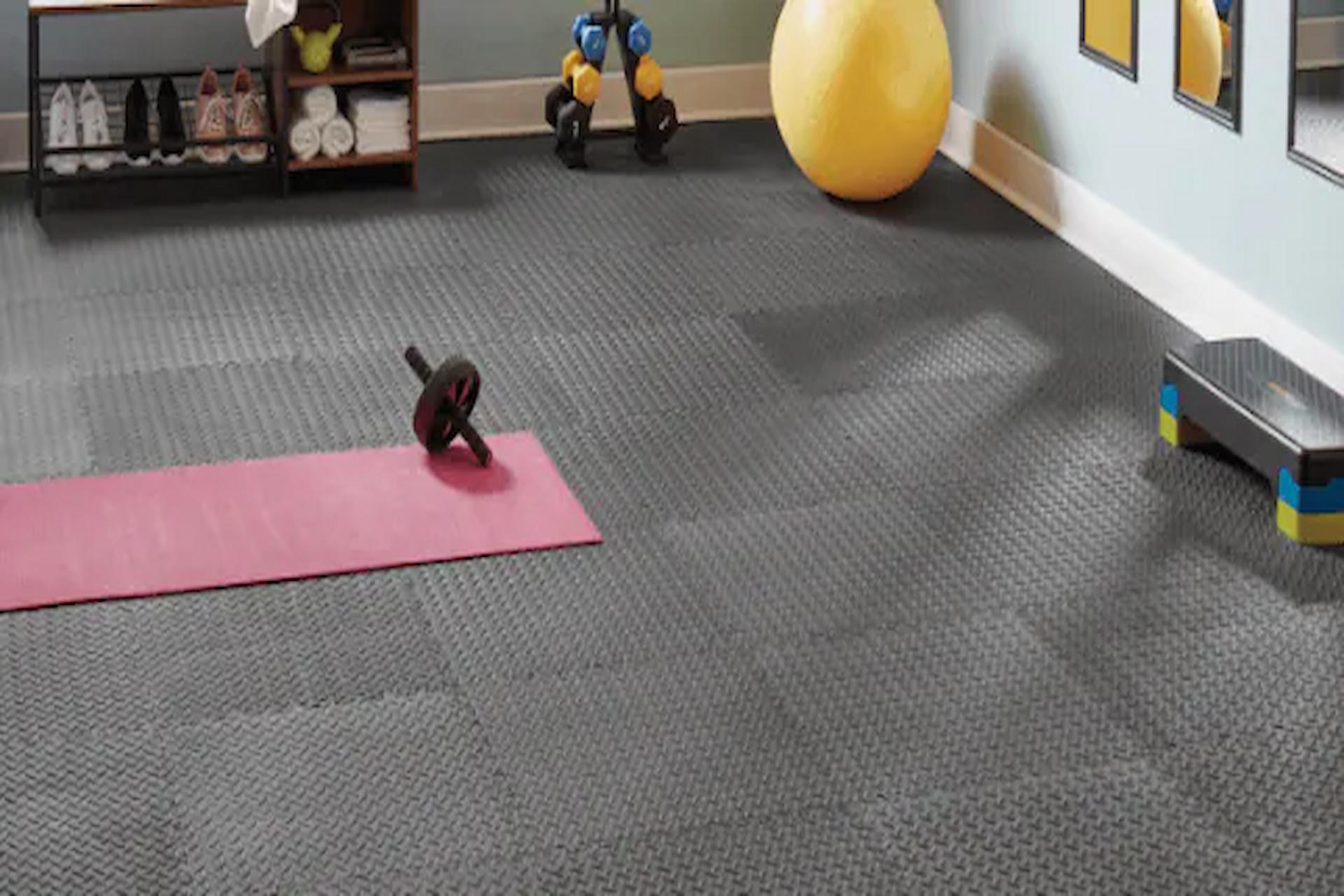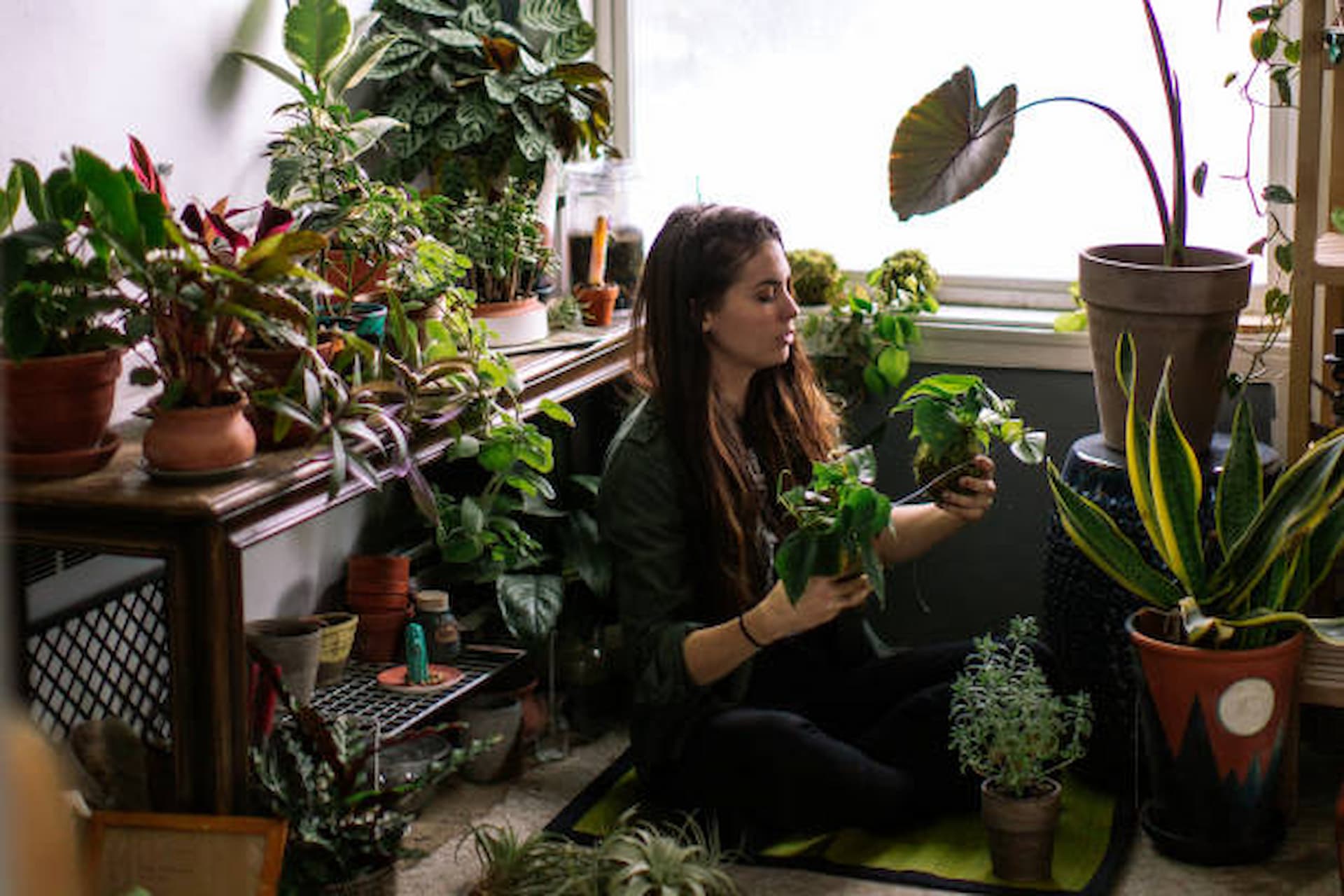Whether you own a property with a small back garden or a vast expanse of land surrounding your house, every homeowner has the same questions when it comes to annual plants, perennial blooms, and how to maximise the growth of herbs and vegetables in a home garden.
As advocates for and suppliers of artificial grass in Essex, a big part of our work with clients revolves around creating gardens and outside spaces which are as practical and functional as they are easy to maintain and aesthetically pleasing – with an emphasis on raised flower beds, vegetables patches, and potted plants.
But how do you choose the right plants for a modern garden which will both compliment your easy maintenance artificial grass and present you with colourful blooms and vibrant surroundings? Here is some advice from the experts at Luux Landscapes.
Terminology you need to know
A few words to familiarise yourself with before we share our advice on planing a modern garden set with artificial grass, include perennial and biennial plants.
An annual plant is one which completes its life cycle in the space of one year or growing season, before dying off completely and needing to be replaced. A biennial plant generally takes two years to complete its full life cycle and will die within two full seasons, while a perennial plant is one which lasts for more than two years.
If you’re considering potted plants, perennial plants boast the longest lifespan and are the most popular as they continue to bloom during the spring and summer months, and die back over winter before starting the cycle again.
How to create raised flower beds and vegetable patches
There are a number of ways of integrating flower beds and vegetable patches into a garden covered with artificial grass. One way to do this is with a trough – a self-contained bed with your plants embedded within a structure that’s filled with the right soil according to what you’re growing. Troughs can be placed anywhere and at any height, with many home gardeners setting troughs to different heights to create levels in their outside space and to protect their plants from wildlife like rabbits.
Another option is a self-contained raised bed which is set directly atop your ground but with a wooden structure around the outside and underneath. This is a great way to create a more traditional ground-level array of flower beds and vegetable patches, without damaging your artificial grass layer.
Tips for choosing plants
First and foremost, we recommend having separate troughs or raised beds for vegetables and for flowering plants as they require different levels of care. It is also advised that you consider placement carefully to ensure the correct amount of sunlight reaches your plants, with both your troughs and beds needing to have adequate drainage systems fitted to ensure that in rainy weather they do not collect water and ultimately drown or become overly saturated.
Here at Luux Landscapes, artificial grass is one of our core services – with the team able to offer advice on how to maximise the presentation and use of your garden no matter how you want it to look. For more information on artificial grass and how to make it work for you, get in touch with our team directly.




